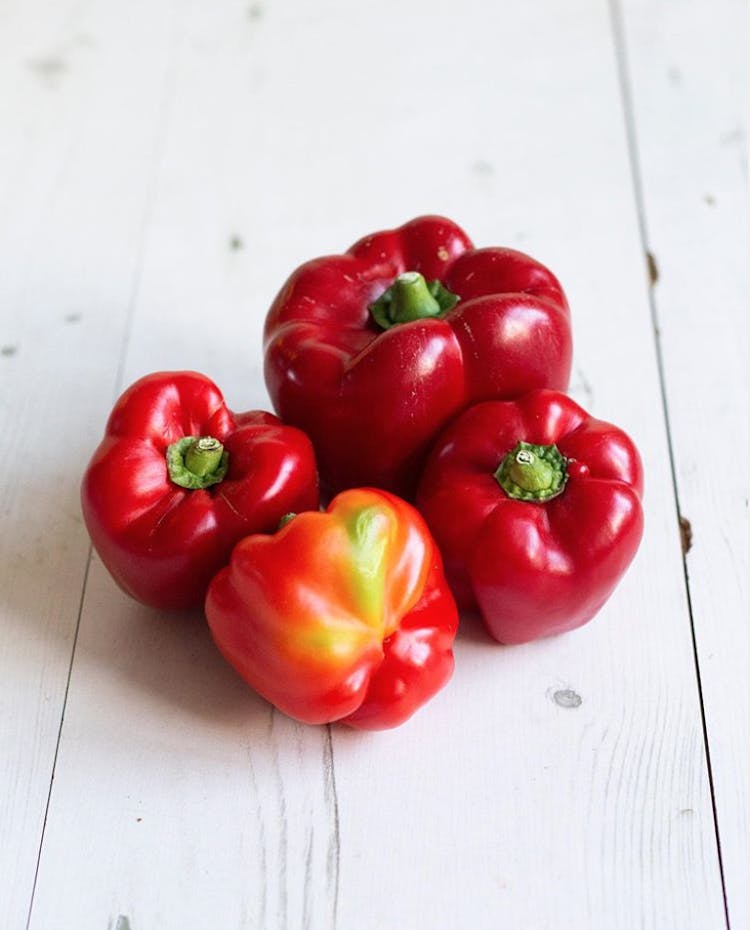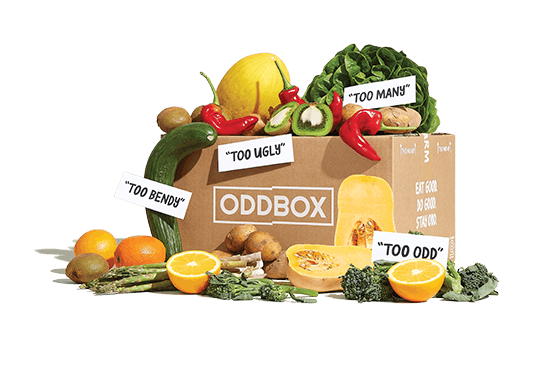How to revive your old fruit & veg
Floppy carrots, wilted lettuce, sad spring onions? Before you consign them to the compost, there are ways you can revive and use them up.
Generally, what your vegetables need is water. Fresh produce is made up mostly of water and so, like us humans, they get dehydrated if they’ve been without water for too long. Much like flowers, old veggies could do with a good drink, so stand them in water and see how they perk up. Note: black, mouldy or slimy fruit and veggies are definitely not to be eaten and should be composted. Courgettes are also not likely to revive well in water.

Here’s how you can revive and use up eight common vegetables:
FLOPPY CELERY
Cut the bottom off the celery (regrow the stub into more celery if you like), then stand the stalks in a glass of water until crisp. They’ll be good to eat just as they are, dunked into a pot of hummus. Or use up celery by chopping it up with onion and carrot as a base to soup, chillies and stews.
SAD CARROTS
Cut off the top of the carrot at the root end, then stand root-side down in a glass of water. Set aside for an hour or so. Grate the lot into a summertime slaw.
WILTING HERBS
The best way to revive a floppy bunch of soft herbs, like coriander, mint or parsley, is to trim the stalk ends and stand them in water. Once bushier and brighter, finely chop the lot into a salsa verde with mustard, vinegar and olive oil. Got a forgotten jar of capers or anchovies? Chop those into the mix too, then freeze the lot or eat with roasted vegetables, eggs or dolloped into a wrap.
LIMP LETTUCE
Put loose leaves in a bowl of cold water or stand the root end of a head of lettuce in a jar of water. Did you know, lettuce is delicious when cooked – char wedges of lettuce on the barbecue, then toss the wedges with a blue cheese dressing and bread croutons for a tasty summertime salad. Alternatively, add lettuce to an odds and ends soup!
BEETS
To revive beetroots, peel them and leave in a bowl covered with cold water. If you don’t want to use them immediately, why not try pickling them? Pickling is so simple and a great way to preserve all sorts of vegetables and veg scraps, such as cauliflower or cabbage cores, the outer layer of a fennel bulb and even beetroot stalks.
Gently heat 20g of salt in 1 litre of water until dissolved. Chop your beetroots into wedges, then pack into a clean jar and pour over the brine: secure the lid and leave at room temperature for a week, unscrewing the lid from time to time to release the gasses. Once it tastes sour and pickled, store in the fridge for several months to eat when you like.
DROOPING SPRING ONIONS
Stand your spring onions in a glass of water for several days and they’ll actually start to regrow! Once you’re ready to eat them, chop them up into muffins, frittatas or fritters. Or chargrill them on the barbecue and serve as a summertime snack with aioli for dunking.
RED PEPPERS
Slice your peppers and soak in cold water until revived. We love peppers slow-roasted until sweet with plenty of olive oil, or thrown into a stir-fry.
WRINKLY POTATOES
Peel potatoes and soak in a bowl of cold water to revive them. Chop into wedges and roast into chips, or grate the lot into tasty potato rostis.
BERRIES
Soak sad-looking berries in sugar, cordial or fruit juice, then leave in the fridge to let them break down for an hour or so until they become brighter, sweeter and a bit saucier. Eat for dessert with ice cream or thick yoghurt.

